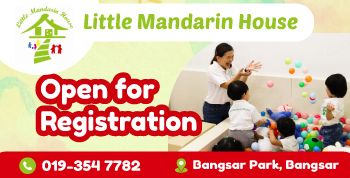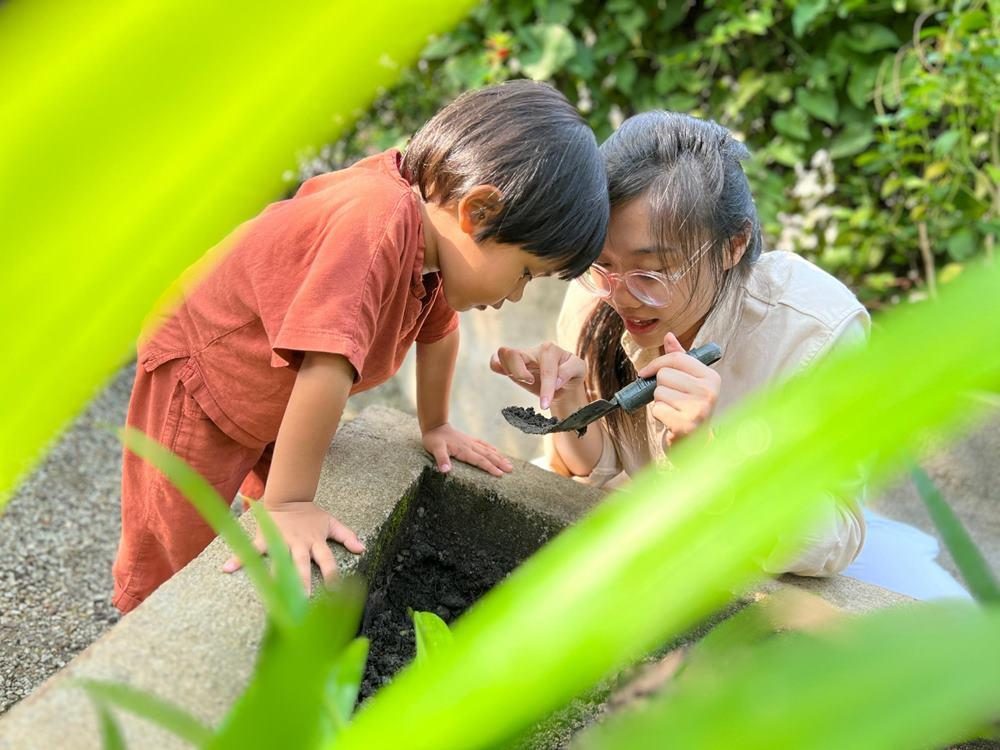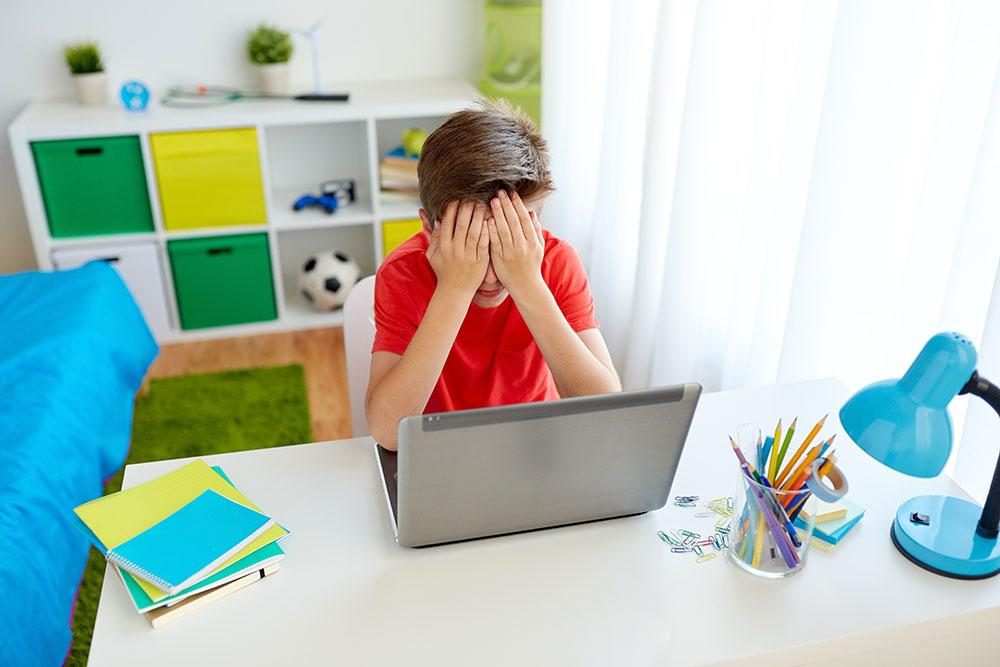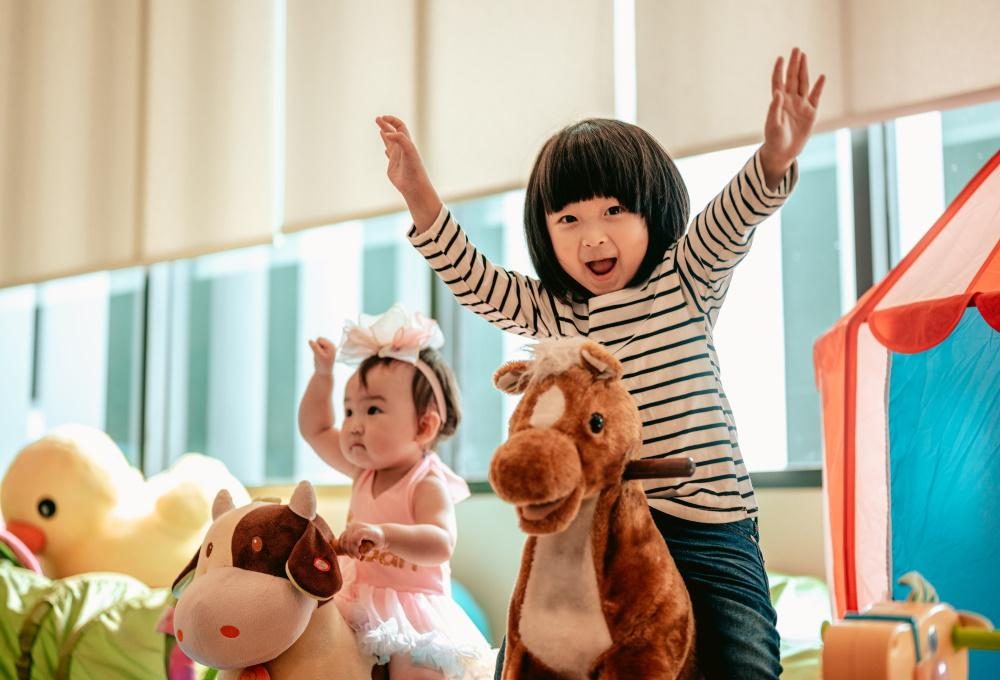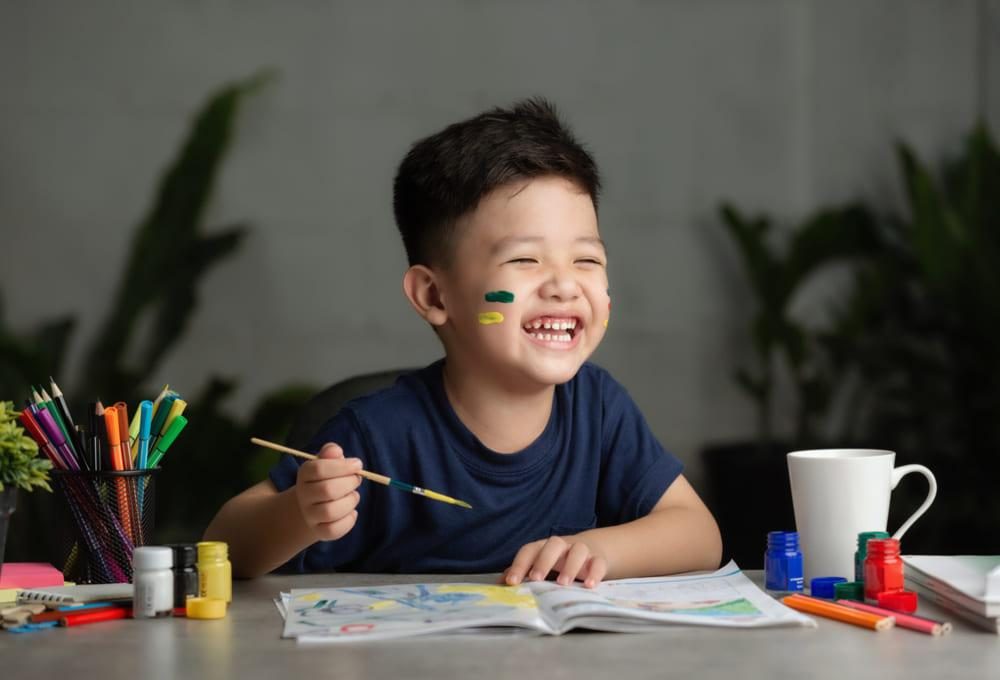Getting Started on Outdoor Learning
by on 02/08/2025 ...
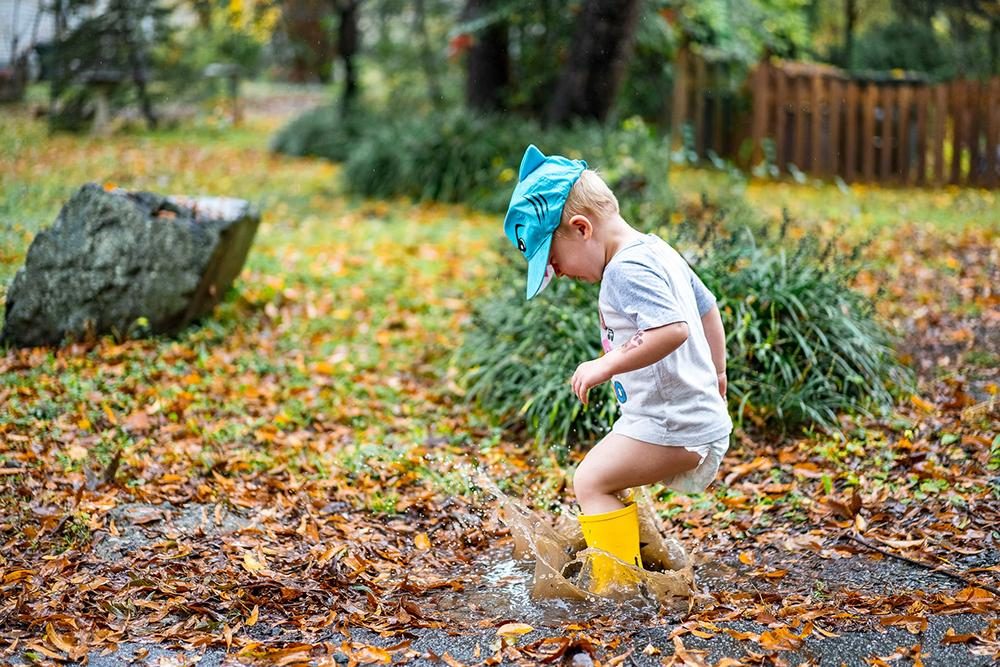
It is important for children to enjoy regular, frequent and meaningful outdoor learning opportunities to play, explore and learn in natural environments or urban outdoor spaces. The outdoors offers a breath of fresh air and rich sensory experiences to support their growth and development.
But wait, does Outdoor Learning means just letting children play outdoors?
No it doesn’t mean just that.
According to the Early Childhood Development Agency Singapore, outdoor learning refers to outdoor experiences intentionally provided to support children’s play, exploration and discovery in natural or urban outdoor spaces.
In this article, we’re jumping right into the good stuff. We are going to be sharing with you some outdoor learning ideas that you can use right now.
But before you start…
It is important to note that outdoor learning is not about creating a separate programme. Outdoor learning experiences for children need be intentionally planned as part of your existing programme or curriculum.
This could mean bringing your students on a nature trail walk after your storytelling activity of reading A Walk in the Forest.
It doesn’t have to be all on you too. Outdoor learning can be spontaneous and child-directed, or planned and teacher-directed, or it can be both.

Possible outdoor learning experiences
Make use of what is readily available in your immediate outdoor spaces or environment, particularly those that are of interest to your students. You want to have fun and teach them new experiences but not be caught up with a logistical nightmare.
We’ve seen various interesting outdoor learning activities from our clients through the LittleLives Portfolio feature, where schools can easily share lessons and learning moments.
Student Portfolio: Why It’s Important and How to Write It
Writing a student portfolio is a lot of work. Luckily, we explain the best and easier ways to create good student portfolios.
![]()
LittleLives Inc . Littlelives – LittleVoices

Let’s get started!
1. Exploration with natural materials
Provide a variety of natural materials (e.g. soil, flowers, leaves) for children to explore. Through exploration, children work on their sensorial skills, develop their sense of curiosity and an interest in nature, and learn more about the materials and their properties. You could even ask your children to bring in the materials from home!

2. Pretend play
There are endless possibilities in the outdoors that can engage children in pretend play. Children can make use of playground structures, open-ended materials and natural materials for pretend play as they play in the outdoors.
Being the king of a playground castle? Why not.

3. Active physical play
The outdoors provides ample space for very young children to engage freely in active physical play to develop their fine and gross motor skills. These activities provide opportunities for children to develop and practise their fine motor skills, build their self-confidence and encourage social development.
It also burns their energy to prepare them for nap time later.

4. Art activities
You can give children opportunities to explore using different art and natural materials in the outdoors. There’s this thing about the ever-changing environment of the outdoors, the sunlight, shadows, and shades of colour of the leaves and flowers that brings out the creativity in children.

5. Gardening
Get their hands dirty!
Children should be given opportunities to participate in planting, harvesting, or simply observing the plants they have grown. Get children to grow edible plants and herbs and teach children where their food comes from. Gardening also allows children to come into close contact with small insects and birds.
This overall multisensory experience gives children meaningful opportunities to learn through doing and develops their sense of appreciation for the world around them.

6. Outdoor storytelling
You can enhance a typical storytelling experience by doing it outdoors, top it off with props that you could assign them to do beforehand. Choose stories that can make full use of the outdoor setting. Think about how listening to a story like “Taking a walk with nature” in the outdoors can enhance children’s experience as they see birds flying in the sky, hear the sound of rustling leaves and chirping birds, and feel the breeze blowing on their face.

7. Nature/neighbourhood walks
Bring your children on regular nature/neighbourhood walks. During these walks, children get up close and personal with nature and become familiar with their immediate surroundings. You can also find ways to stimulate their sense of wonder and curiosity, as well as extend their engagement during these walks. For example, you could try a nature bracelet activity.

8. Working with community partners
Reach out to local community partners to provide your students with a richer learning experience. Community partners don’t necessarily need to be from the early childhood industry. These partners can range from old folks homes, to nearby businesses, to local attractions!
If you have a local zoo, partnering with them for a field trip would enhance the student’s learning and engagement with nature. It’s a safe way to introduce them to real life animals and a variety of marine life, wild life, and environmentalism.
Albert Einstein left us with this profound quote “Look deep into nature, and then you will understand everything better.” And nature is all around us! We encourage educators to leverage on the power of nature and facilitate opportunities for children to explore and discover in the great outdoors. Being intentional in the outcomes of each outdoor experience gives clarity to the facilitation. And enjoy the process! — May Lok (Vice President, Education, Wildlife Reserves Singapore)
To sum it up
We envision outdoor learning to be an integral part of our children’s lives. As outdoor learning brings about numerous benefits in terms of children’s holistic development, health and wellbeing, and environmental awareness and rootedness in their community, it is important for educators to promote outdoor learning for our children.
As educators, you are key in ensuring a variety of activities for children to learn in, about, and through the outdoors.
Here’s a consolidated a list of frequently asked questions about outdoor learning:











